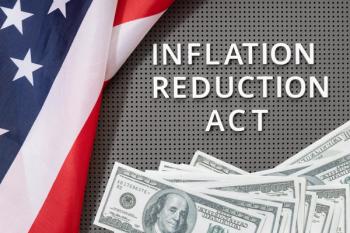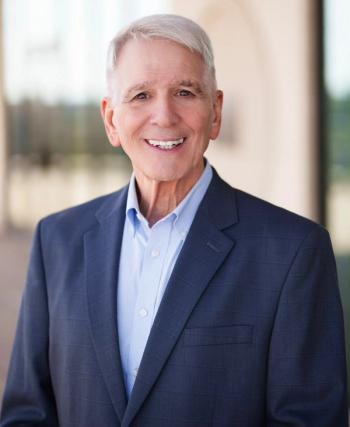
Study Finds That Patients Overpaid $10M for GLP-1 Drugs in 3 Months
Of the 102,166 GLP-1s analyzed, 94% had some form of commercial insurance, yet cost-saving options were still widely overlooked.
It was found recently that 92% of GLP-1 prescriptions could have been filled at a lower cost, leading to $
Based on more than 100,000 prescriptions, the study highlighted missed opportunities for both insured and uninsured patients to save on medications, including Ozempic (semaglutide), Mounjaro, and Zepbound (both versions of tirzepatide)—popular GLP-1s used for diabetes and weight loss.
Of the 102,166 GLP-1s analyzed, 94% had some form of commercial insurance, yet cost-saving options were still widely overlooked.
The report found that $7 million of the $10.2 million in potential savings could have come from using discount programs offered by drug manufacturers.
Even insured patients faced major access barriers, including being on plans that did not cover GLP-1s at all or having to complete a complex prior authorization or step therapy process to get approved.
For the 6% of patients without insurance, out-of-pocket costs were often even higher.
“Regardless of their insurance status, the vast majority of patients are still unaware of cost saving programs,” DoseSpot CEO Josh Weiner said in a news release. “Patients need to do their homework—a quick online search for these programs can yield significant savings. Patients also need to speak with providers about pharmacy pricing and dispensing options—providers can access these details, but most don’t share it proactively—you need to ask.”
GLP-1s are becoming increasingly popular, with 1 in 8 American adults (about 32.8 million people) reporting use, and 40% of those using them specifically for weight loss.
However, fewer than 1 in 5 employer-sponsored health plans cover GLP-1s for weight loss, creating a coverage gap at a time when demand is growing rapidly.
Adherence to these medications is also a growing concern.
The study found that 46.3% of GLP-1 users are still taking their medication after six months, and only 32.3% after one year.
This highlights the critical role of affordability and access in helping patients stay on treatment.
“With compounded GLP-1s exiting the market, it’s especially important for patients to explore cost savings in other ways so they can continue taking weight-loss medication,” Weiner added.
Researchers conducted the study using real prescription data with personal details removed.
They matched that data with updated insurance information to calculate actual prescription costs.
In addition, they compared those costs to available savings options such as coupons, pharmacy discounts, and manufacturer offers.
This analysis revealed the $10.2 million in missed savings among patients who didn’t use these programs.
In the report, authors noted that while there have been some improvements in formulary coverage and awareness in recent months, most patients—and providers—still don’t know about alternative pricing pathways.
Many physicians still aren’t discussing lower-cost options with patients at the point of care.
According to DoseSpot, patients working with organizations that use their platform tend to save more, get prescriptions faster, and stick with their treatment more consistently.
Features like automated text messages, pharmacy options, and preloaded coupons help simplify the process—allowing patients to choose the most affordable and convenient option without needing multiple conversations with their doctor.
A recent survey by GoodRx found that 33% of Americans don’t fill their prescriptions, with cost cited as the top reason (30%).
An IQVIA report also revealed a 25% increase in out-of-pocket drug spending over the past five years, totaling $98 billion in 2024.
These results highlight that GLP-1 drugs have become a focal point in the larger discussion around drug pricing and access.
As pressure grows on providers, health plans and patients, solutions that make it easier to find and use cost-saving options could help reduce spending by billions—and lead to better health outcomes overall.
Newsletter
Get the latest industry news, event updates, and more from Managed healthcare Executive.






















































